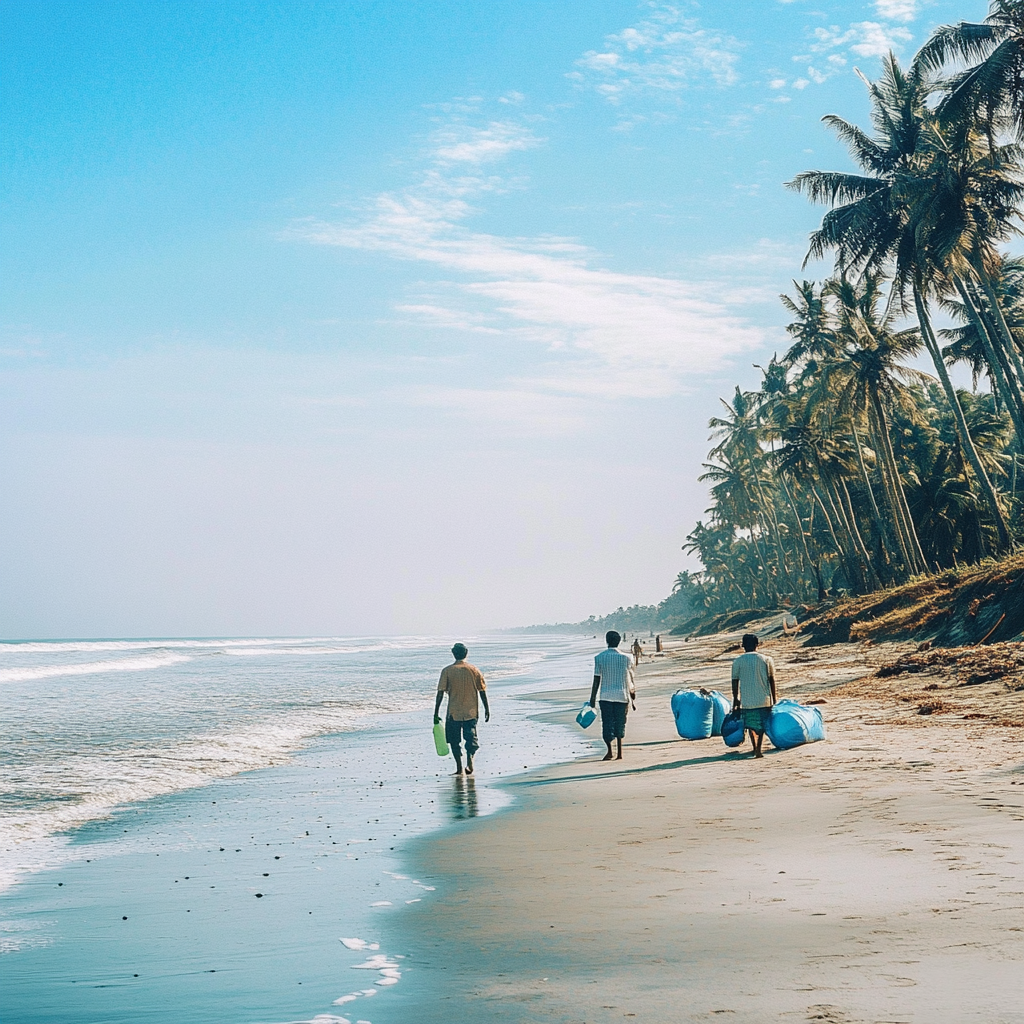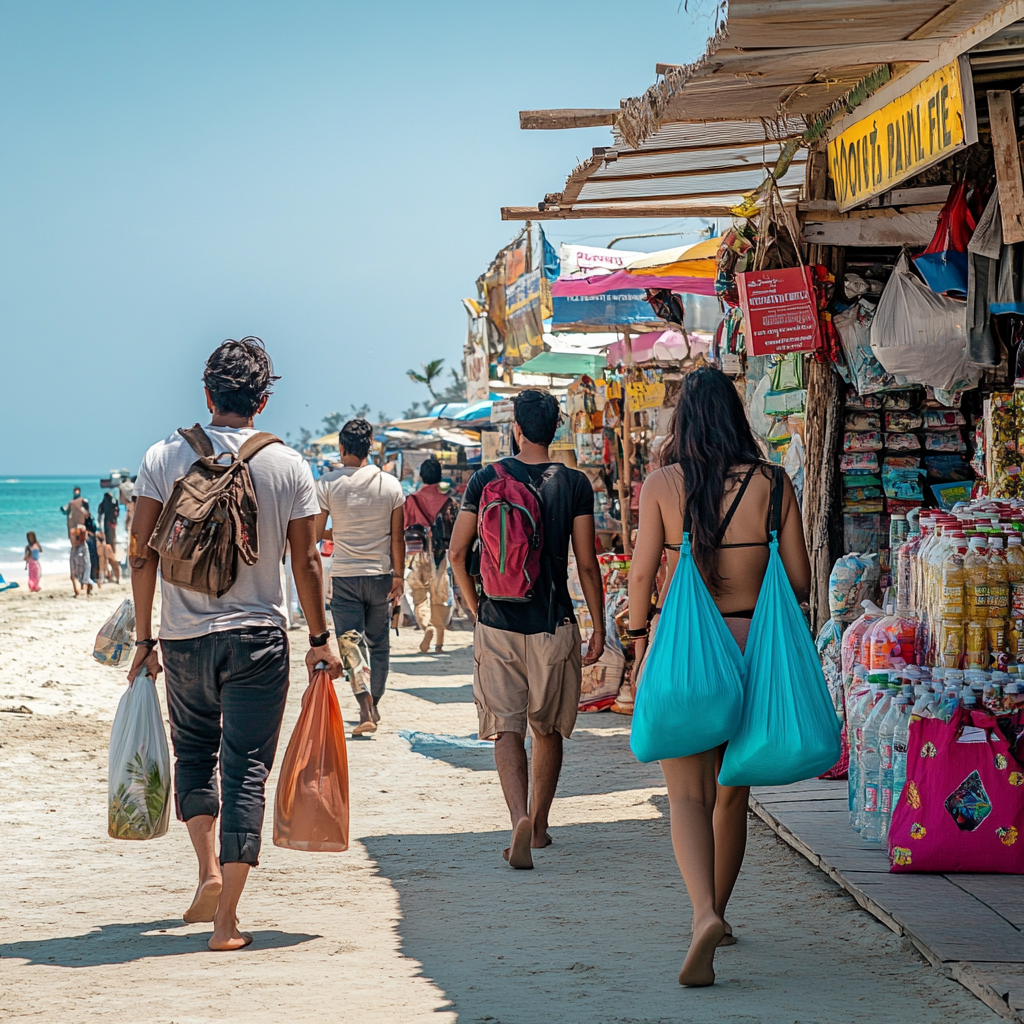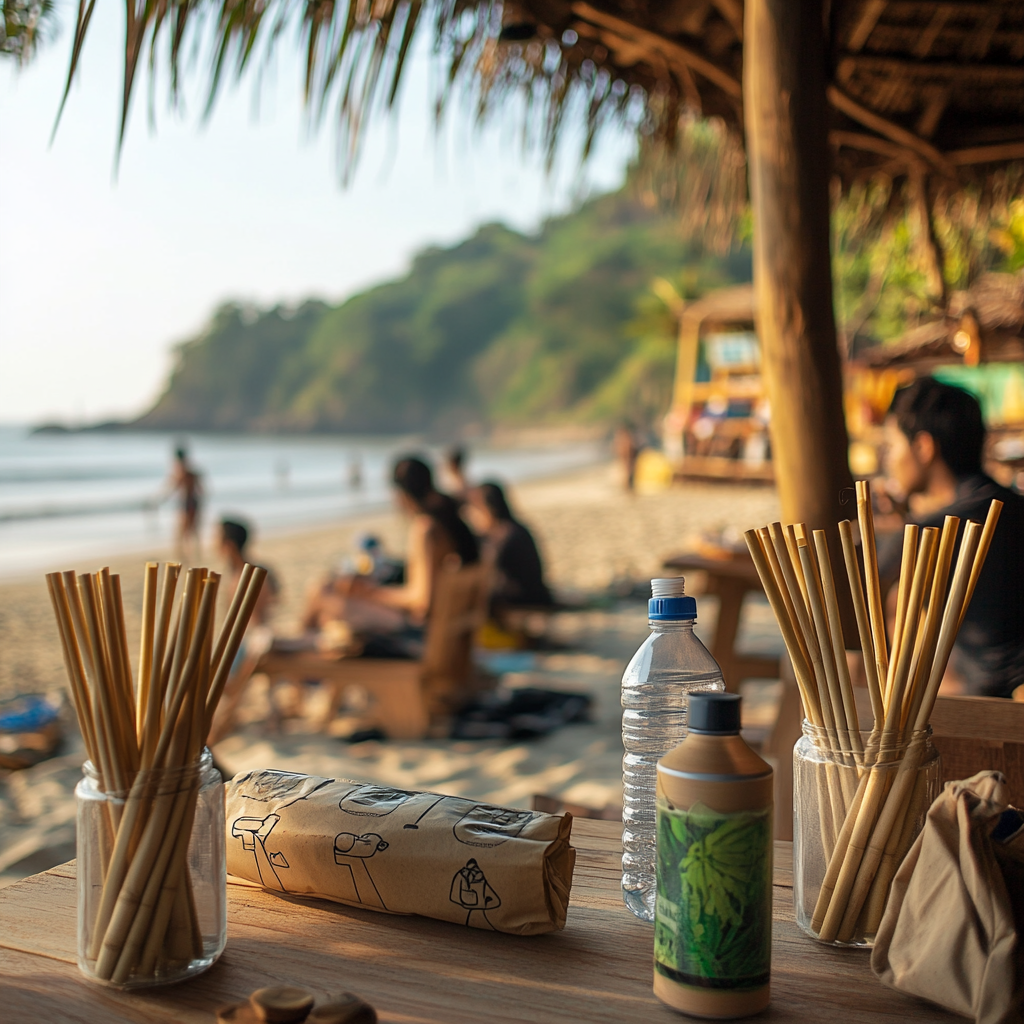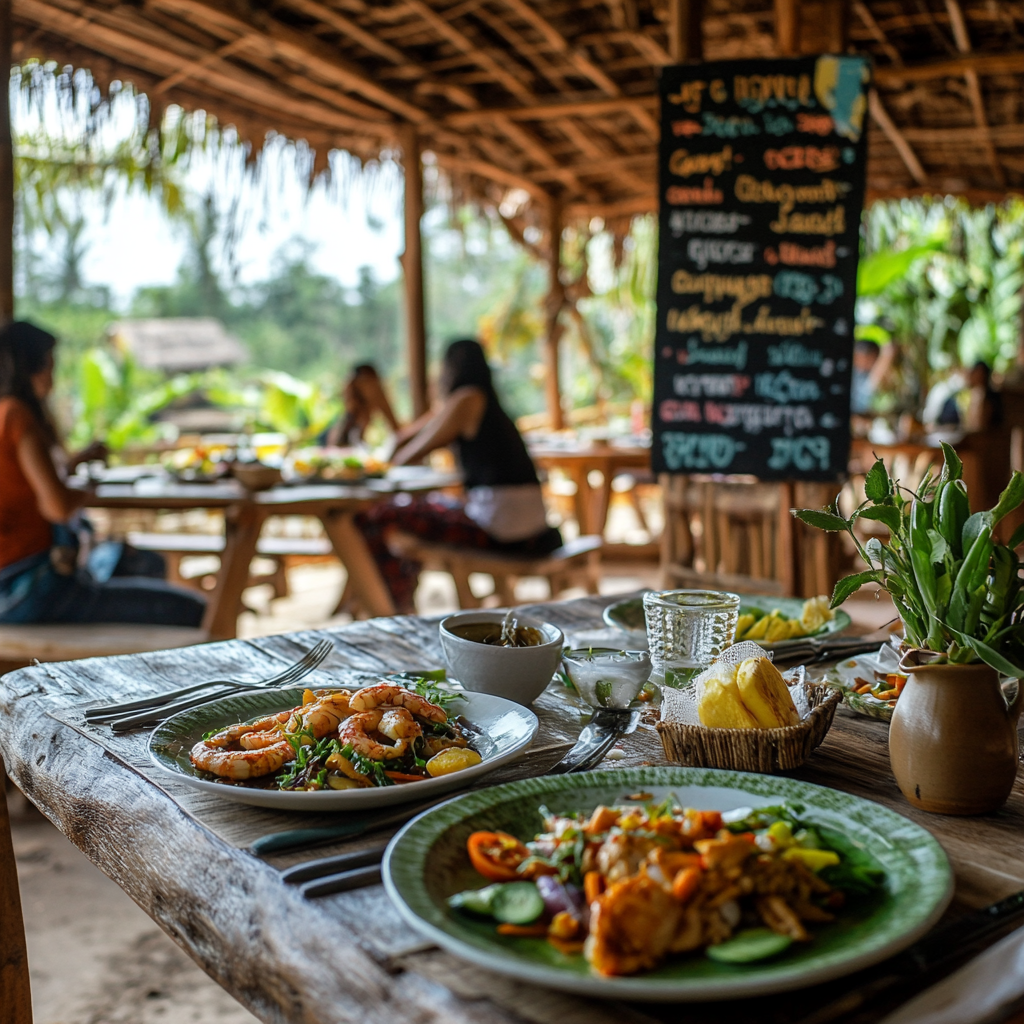Eco-Friendly Travel in Cox’s Bazar
How to Be a Responsible Tourist
Cox’s Bazar, home to the world’s longest natural sea beach, is a stunning destination in Bangladesh that draws both local and international travelers. However, the growing influx of visitors has raised concerns about the environmental impact on the area’s delicate ecosystems.

As the world increasingly turns its attention to sustainability, eco-friendly travel has become more important than ever. This article will explore how tourists can enjoy Cox’s Bazar while reducing their environmental footprint, participating in local conservation projects, and supporting eco-friendly accommodations and dining options.
Understanding the Environmental Impact of Tourism in Cox’s Bazar
Tourism can be a double-edged sword. On one hand, it boosts the local economy and provides jobs; on the other, it can lead to environmental degradation if not managed responsibly. Cox’s Bazar is no exception. With its delicate marine ecosystems and diverse wildlife, this region faces several challenges, such as coastal erosion, plastic pollution, and habitat destruction.
Tourists who are mindful of their actions can help minimize these negative effects. By choosing eco-conscious options and understanding the local ecosystem’s fragility, visitors can contribute to the long-term preservation of Cox’s Bazar.
Reducing Plastic and Waste
Plastic pollution is one of the most significant environmental threats to Cox’s Bazar’s beaches and marine life. Single-use plastics, such as water bottles, straws, and packaging, often end up in the ocean, harming wildlife and polluting the environment. Tourists can make a substantial difference by reducing their use of plastics during their stay.


Bring a reusable water bottle and shopping bags to avoid single-use plastics. Many local shops and restaurants are now offering alternatives like bamboo or metal straws, and biodegradable packaging. As a visitor, you can also encourage businesses to adopt eco-friendly alternatives by supporting those that have already taken steps toward sustainability.
Participating in Local Conservation Projects
Travelers interested in making a more meaningful contribution to Cox’s Bazar’s environment can get involved in local conservation efforts. Several NGOs and local organizations work to protect the region’s biodiversity, particularly through wildlife conservation projects such as sea turtle protection.
During nesting season, for example, sea turtles come to the beaches of Cox’s Bazar to lay their eggs. Tourists can volunteer with local groups to help protect nesting areas from disturbances, clean the beaches, and even participate in educational campaigns aimed at raising awareness about the importance of protecting marine life.
The Marine Life Alliance in Cox’s Bazar has been working on sea turtle conservation for several years. Their volunteers help monitor nesting sites, collect data on turtle populations, and educate the community about the ecological significance of protecting these species. Tourists can join these efforts during their visit and play a hands-on role in conservation.
Supporting Local, Sustainable Businesses
Another key aspect of eco-friendly travel is supporting local businesses that operate sustainably. Cox’s Bazar offers a variety of restaurants and shops that focus on locally sourced and organic products. By choosing to dine in restaurants that use local ingredients, tourists can reduce the carbon footprint associated with transporting goods and contribute to the local economy.

When shopping for souvenirs, opt for handmade, locally crafted items rather than mass-produced products. This not only supports the local artisans but also helps reduce the environmental impact of imported goods. Sustainable shopping practices help preserve the cultural heritage of the region while minimizing waste and pollution.
Minimizing Carbon Footprint Through Sustainable Transportation
Another critical factor in eco-friendly travel is how tourists choose to move around the destination. In Cox’s Bazar, walking or biking along the coastline is not only an environmentally friendly way to explore but also offers stunning views of the natural beauty. Avoid using private vehicles whenever possible, as they contribute to carbon emissions and traffic congestion.
Local rickshaws or eco-friendly transport options, such as electric tuk-tuks, are widely available in Cox’s Bazar. These modes of transport help reduce the carbon footprint of your trip and provide a more authentic experience of local life.
Conclusion
Cox’s Bazar is a natural treasure that offers visitors a unique blend of adventure, relaxation, and cultural experiences. However, as with all beautiful destinations, the responsibility to protect it lies not only with the local government and communities but also with the tourists who visit.
By choosing eco-friendly accommodations, reducing plastic waste, participating in conservation projects, and supporting sustainable businesses, travelers can make a positive impact on Cox’s Bazar and ensure its preservation for future generations.
